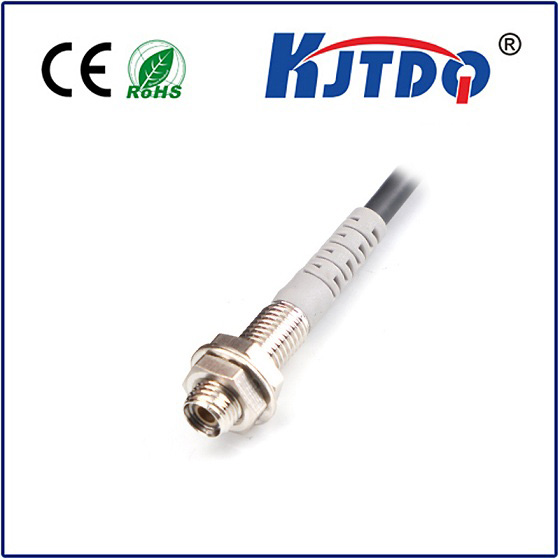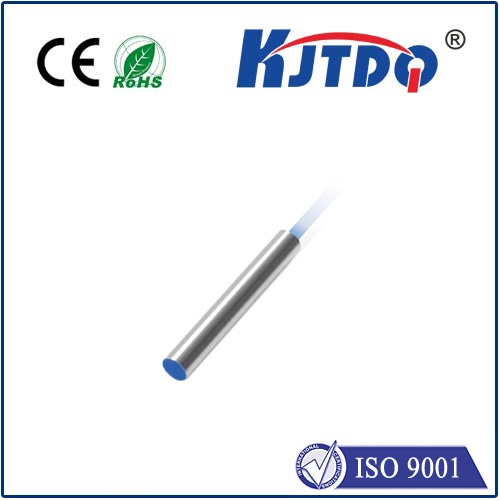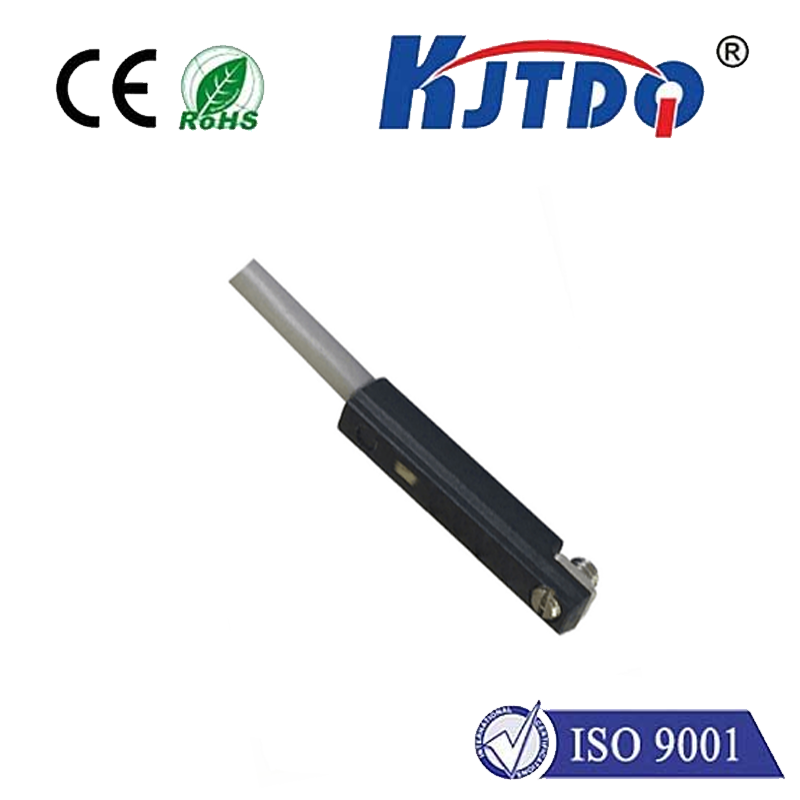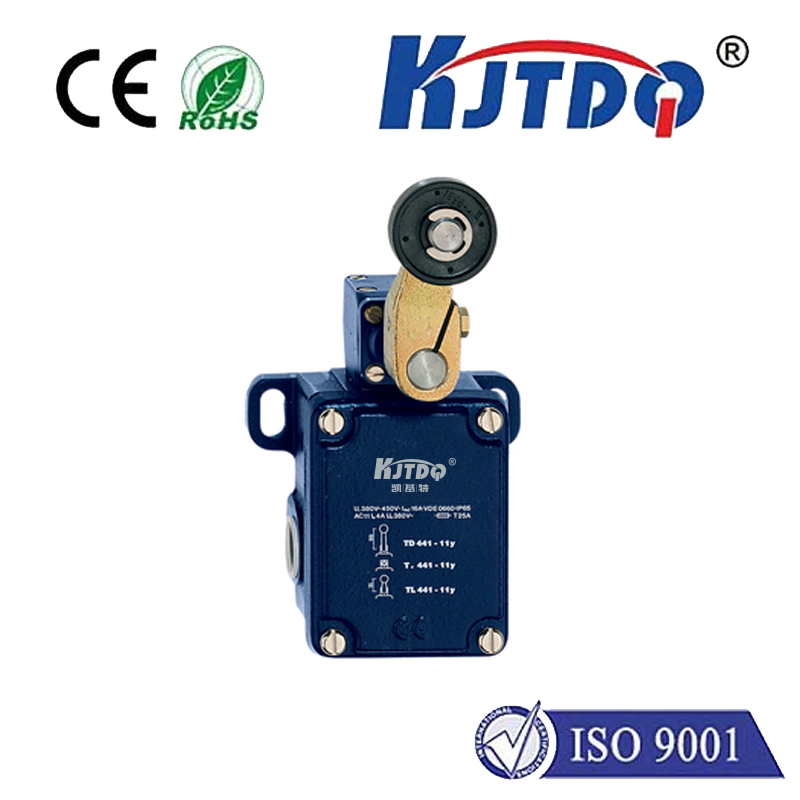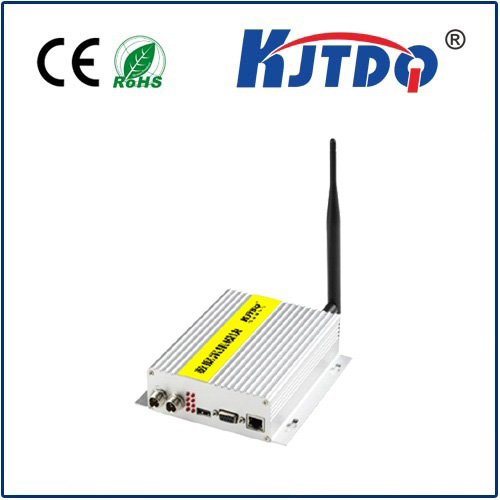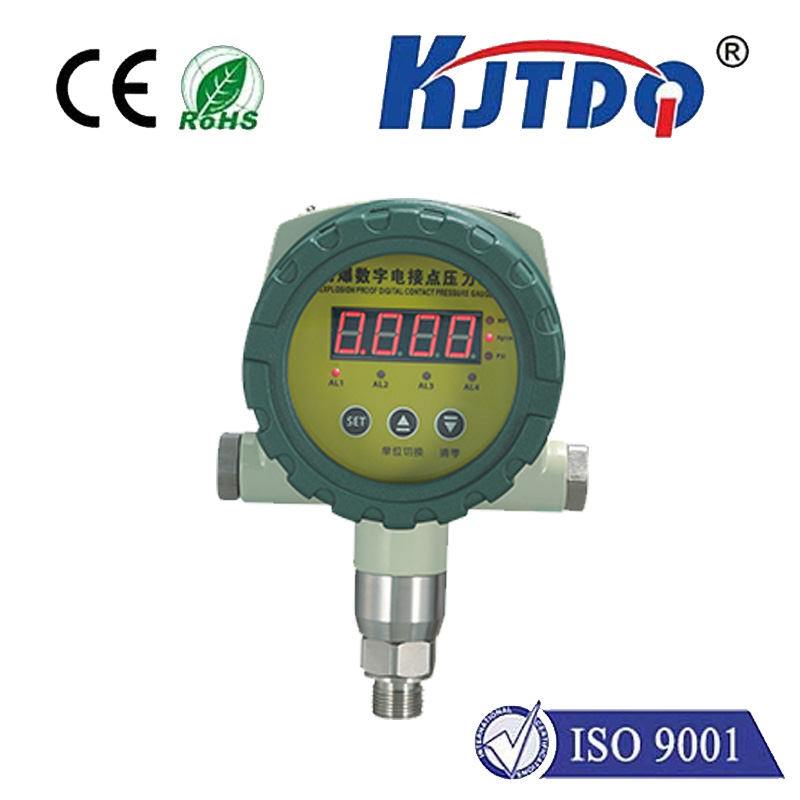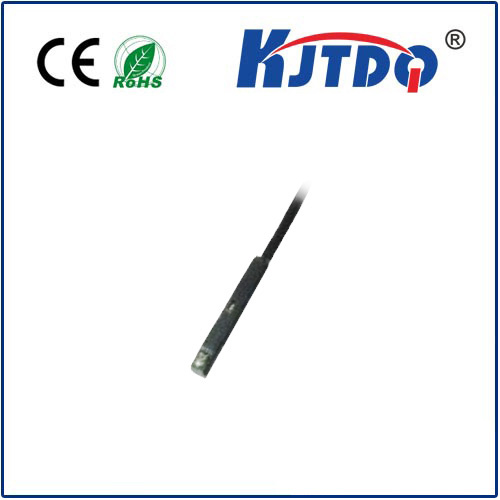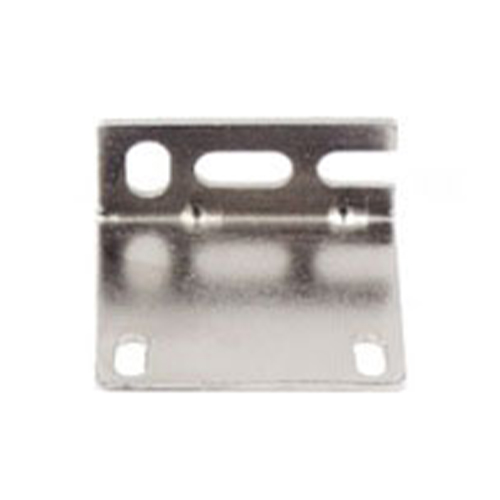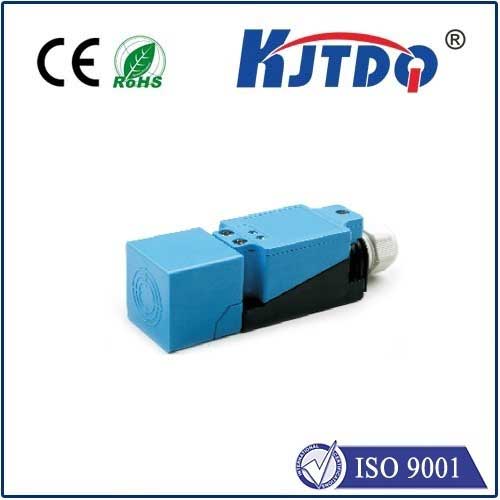BHS001Z proximity sensor
- time:2025-10-17 05:07:46
- Click:0
BHS001Z Proximity Sensor: Precision Detection in Demanding Environments
Imagine a factory floor humming with activity. Robotic arms lift heavy components with uncanny precision, conveyor belts seamlessly transport goods, and automated systems assemble products at lightning speed. Yet, hidden within this complex choreography are countless crucial moments—tiny, precise instances where a machine absolutely must know if an object is present or absent, near or far. This is the unsung world of industrial sensing, where reliability is non-negotiable. At the heart of many such critical detection tasks, you’ll often find robust components like the BHS001Z proximity sensor. This specific model represents a cornerstone in automation, offering dependable, non-contact detection essential for efficiency, safety, and consistent operation.
Understanding the Core: Inductive Proximity Sensing
The BHS001Z belongs to the broad family of inductive proximity sensors. Unlike mechanical switches requiring physical contact, these sensors operate non-invasively. Here’s the fundamental principle: the sensor head contains a coil energized by an oscillating current, generating an electromagnetic field. When a metallic target (typically ferrous metals like steel or iron, though non-ferrous detection varies) enters this field, eddy currents are induced within the target. These eddy currents draw energy from the sensor’s coil, which in turn changes the oscillation amplitude. Internal circuitry precisely monitors this change and triggers the sensor’s output signal once the target reaches a specific sensing distance.
This mechanism offers significant advantages. Non-contact operation means no physical wear and tear on the sensor or target, leading to vastly extended operational lifespans. They are immune to dirt, dust, oil, and other non-metallic contaminants, making them ideal for harsh industrial environments. They excel at high-speed detection due to the absence of moving parts needing to react.

Key Features and Specifications of the BHS001Z Proximity Sensor
While specifications can vary slightly by manufacturer, the BHS001Z designation typically signifies a sensor with the following defining characteristics:
- Sensing Principle: Inductive (Detects metallic objects).
- Housing: Cylindrical, threaded barrel style. The “BHS” prefix often indicates an M12 diameter housing (12mm), a very common industrial standard. This compact size allows for flexible mounting in space-constrained applications.
- Sensing Distance: Commonly a standardized sensing range. For an inductive proximity sensor like the BHS001Z, this is often 2mm or 4mm (e.g., “BHS001Z-4A” might denote a 4mm nominal sensing distance). It’s critical to note this is the nominal range for a standard target (usually mild steel); actual range depends on target material, size, and shape.
- Output Configuration: Typically features a 3-wire DC connection. The most prevalent output type associated with this model is NPN Normally Open (NO). This means:
- When no target is present, the output signal wire is “off” or disconnected from the negative supply.
- When a target enters the sensing range, the output switches “on,” connecting the signal wire to the negative supply (0V), effectively sinking current to signal detection.
- Connection: Often utilizes a standard M12 quick-disconnect connector, facilitating easy installation, replacement, and maintenance. This plug-and-play design minimizes downtime.
- Environmental Protection: Designed for rugged use, the BHS001Z typically boasts an IP67 sealing rating. This signifies:
- IP6X: Complete protection against dust ingress (dust-tight).
- IPX7: Protection against the effects of temporary immersion in water (up to 1 meter depth for 30 minutes).
- Voltage Range: Operates on a common DC supply voltage, usually spanning 10-30V DC. This wide range provides compatibility with various industrial control systems.
- Switching Frequency: Capable of high-speed detection cycles, often in the range of hundreds of Hertz (Hz), allowing it to reliably track fast-moving objects on production lines.
Where the BHS001Z Proximity Sensor Shines: Diverse Applications
The inherent robustness and reliability of the BHS001Z inductive proximity sensor make it a workhorse across countless industries. Its applications are virtually endless wherever metallic object detection is needed without physical contact:
- Industrial Automation: Detecting the presence/absence of parts on a conveyor belt, verifying correct positioning of components in assembly jigs, counting metallic products, monitoring end-of-stroke positions for cylinders and actuators, confirming tool presence in CNC machines.
- Material Handling: Detecting pallets, metal containers, or carts at loading/unloading stations or transfer points, verifying bin levels when bins have metallic components.
- Packaging Machinery: Confirming the presence of metal lids, foil seals, or metallic elements in packaging, detecting cans or metal trays, monitoring capping or sealing operations.
- Automotive Manufacturing: Position sensing of robotic arms, end-effector confirmation, detecting vehicle chassis on assembly lines, verifying component installation (e.g., bolts, brackets).
- Machine Tools: Tool changer position verification, spindle orientation confirmation, workpiece clamping detection, coolant level monitoring in metallic reservoirs.
- Food & Beverage (Specific Applications): While stainless steel bodies are common, careful selection is needed to ensure food-safe materials and specific certifications (like IP69K for high-pressure washdowns are sometimes required beyond IP67; the base BHS001Z offers excellent protection but may not meet all extreme food-grade requirements without specific variants).
Installation and Best Practices
Maximizing the performance and lifespan of your BHS001Z proximity sensor involves adhering to some key practices:
- Proper Mounting: Securely mount the sensor using its threaded barrel. Ensure it is flush or recessed if possible, as mounting surface material (especially ferrous metals) can influence the sensing range. Maintain the specified sensing distance clearance around the sensor head.
- Target Considerations: Use a target made of the material the sensor is calibrated for (usually mild steel). Ensure the target is large enough to reliably trigger the sensor – typically, it should be at least equivalent to the sensor head’s diameter. The target must enter the sensing field perpendicularly for optimal range.
- Sink or Source Compatibility: Confirm your control system (PLC input module) is compatible with an NPN output sensor. NPN sensors (sinking output) require a sourcing input (providing positive voltage). Connecting an NPN sensor to a sinking input will not work.
- Wiring: Follow the manufacturer’s wiring diagram precisely. Typical 3-wire connections are:
- Brown (or Red): Connect to positive DC supply voltage (+V, e.g., +24V).
- Blue: Connect to negative DC supply voltage (0V, GND).
- Black: The NPN NO output signal wire. This connects to the input of your control device (PLC input).
- Environment: While rated IP67, avoid prolonged submersion or exposing it to corrosive chemicals unless specifically rated for such conditions. Shield it from excessive weld spatter or metal chips if possible, as they could adhere and interfere.
**Why Choose the BHS001






